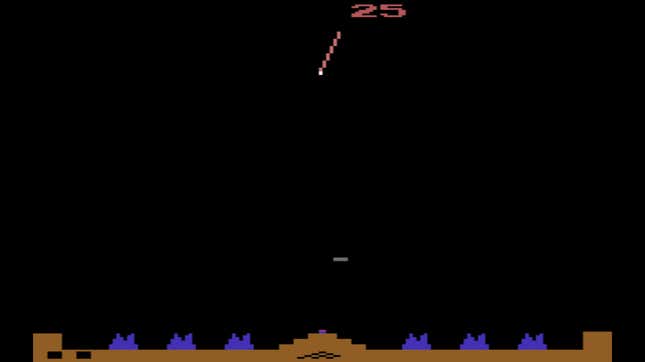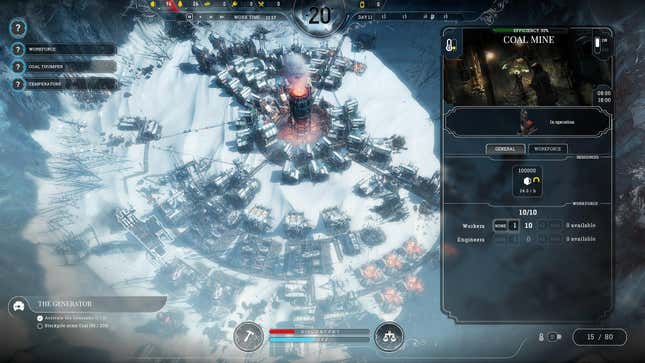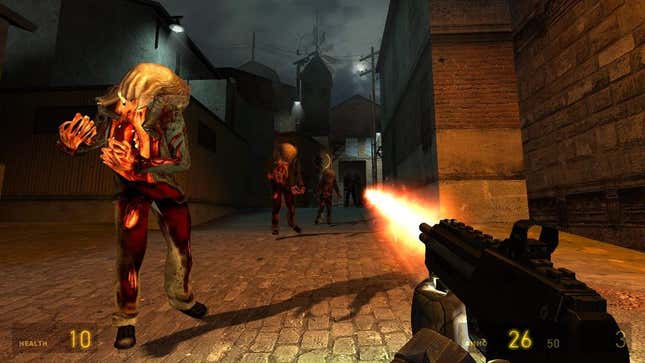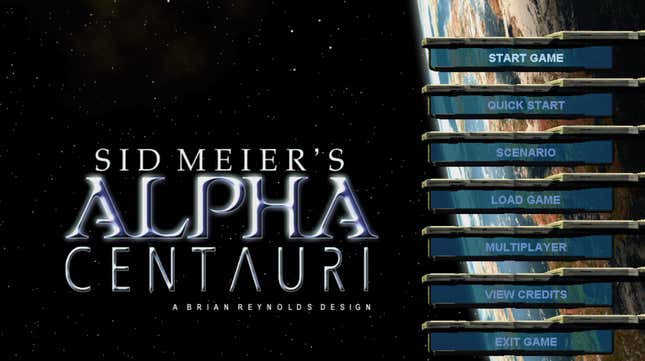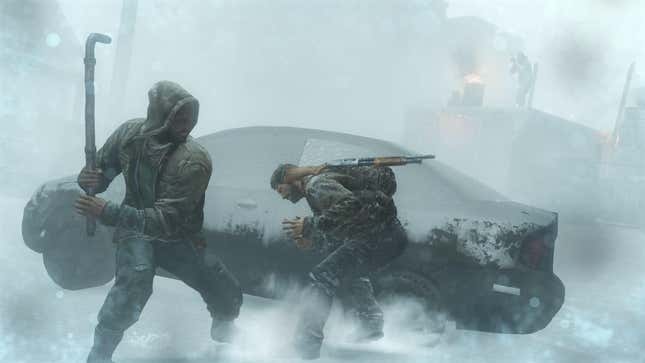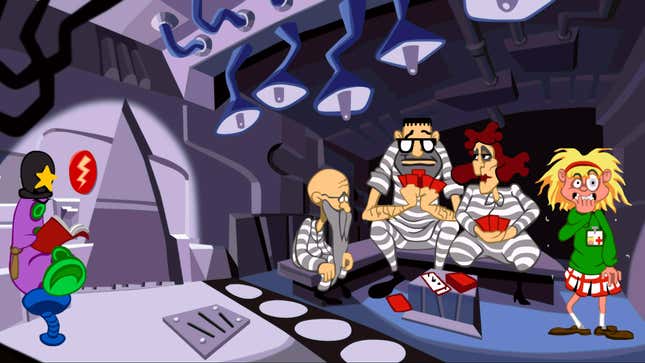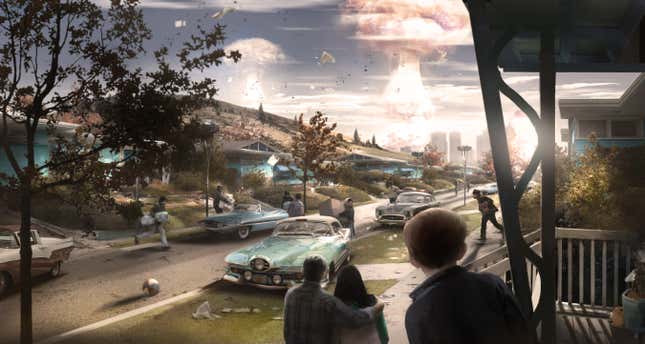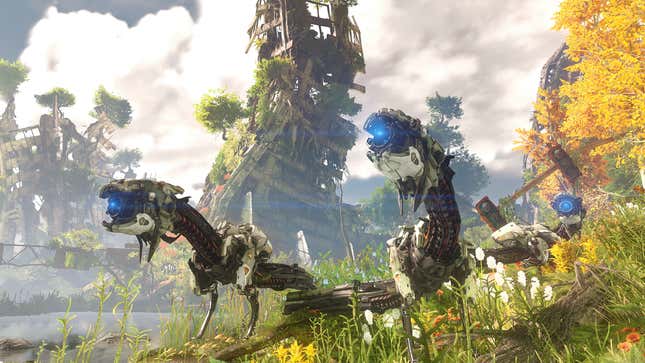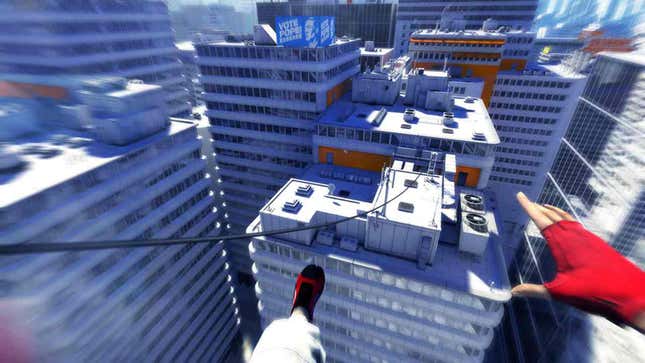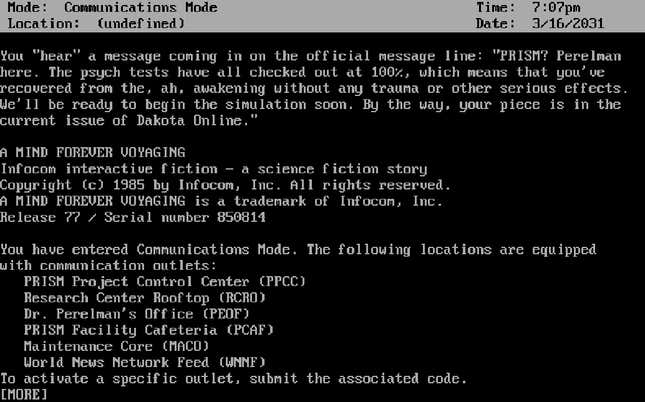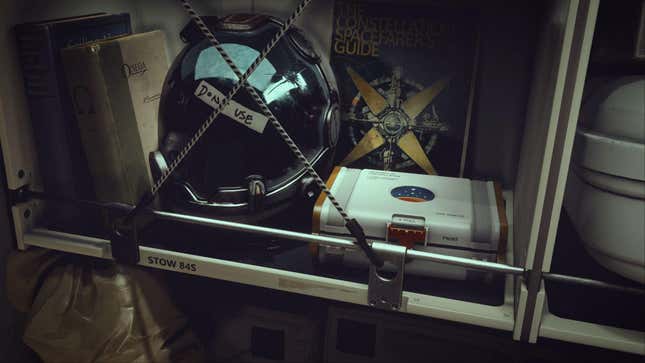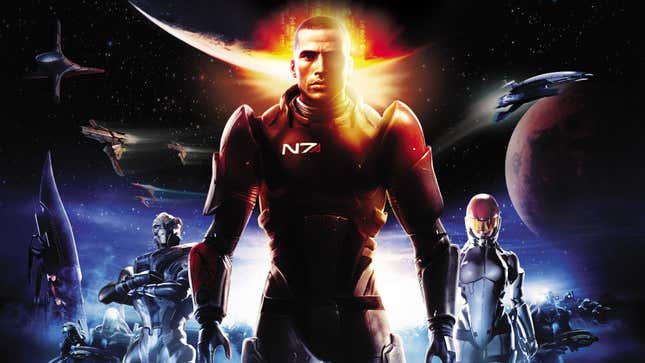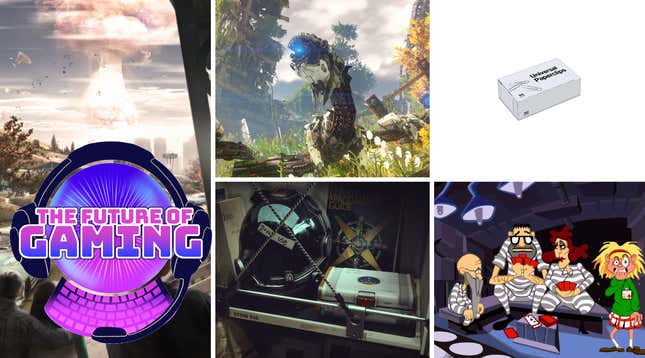
This story is part of our new Future of Gaming series, a three-site look at gaming’s most pioneering technologies, players, and makers.
Science fiction has been poking and prodding at the future for as long as the genre has existed—with many of the early experiments in the form, dating back as early as the 1700s, arriving in the form of speculation about what horrors or wonders the future might bring. But for all that the works of Wells or Asimov devotedly sketched out the contours of futures both terrible and terrific—and the horror and science-fiction filmmakers of the 1920s onward brought such visions to striking, imagination-inflaming life—it was only with the advent of video gaming, in the second half of the 20th century, that futurists were able to inhabit such worlds for themselves. Video games have been futuristic from the jump, starting with Spacewar! in 1962 onward, and some of the most vividly realized destinies in all of fiction have come from the medium.
But not all futures are created equal—even when measured by such simple metrics as “How many rats, per year, does the average citizen in your reality eat?” Gaming has charted a wide swathe of potential destinies over the last 70 years, many of them horrifyingly grim. (Games tends to run off of conflict, and so the push toward dystopia can be hard to avoid.) But we have to ask ourselves: Which of gaming’s futures are worst? Which ones could you scrape by an existence in, amidst the raiders and interdimensional invaders? And are there any we can actually aspire to live in?
That’s the aim of this list, which ranks some of gaming’s darkest and brightest futures, putting them in rough order of survivability/how easy it is to get a regular lunch order that isn’t primarily rodent. We’ve skipped over games set in existing universes—so no sojourns into the grim-dark future of Warhammer 40,000 or the techno-socialist utopia of Star Trek. Instead, we’ll be dialing into gaming’s native visions of what comes next, from the truly horrible, to the merely awful.
So wake up, dear reader. Wake up, and smell… the rankings.
